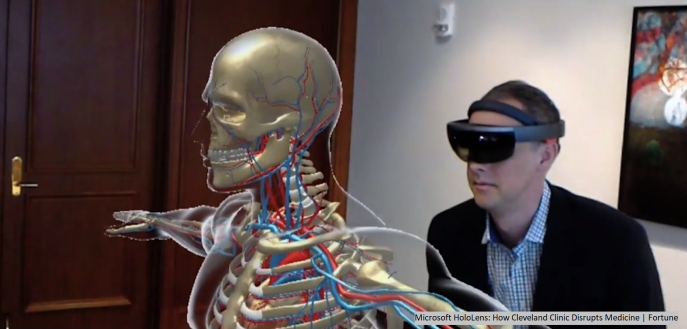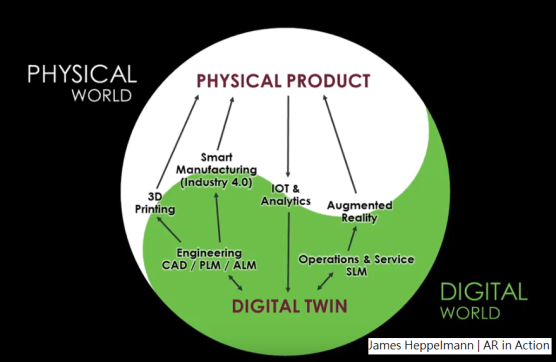“If you have an apple and I have an apple and we exchange these apples then you and I will still each have one apple. But if you have an idea and I have an idea and we exchange these ideas, then each of us will have two ideas.”—-George Bernard Shaw
I believe this best describes the situation of AR+IoT.
What is the difference between AR(Augmented Reality) and VR(Virtual Reality)?
The history of VR can be related to the pioneer of human-computer interaction (HCI), Ivan Sutherland, who created Sketchpad system in 1963 for his Ph.D. thesis. The system was among the first graphical user interfaces aimed to make computers more accessible to both the artist and the technician. However, not until 1987 when the term virtual reality was coined. The user of VR put on a headset that blocks out the worldview and brings the user to an entirely digital environment. The famous application including HTC Vive and Oculus Rift.
Now, let us turn to AR. Unlike VR, the idea of idea AR is not to cut off the real world but instead to be an enhancement on users surrounding with a set of virtual object or digital data overlapping the user’s real environment. The famous example of AR would be Pokemon Go or any lens face filter.
In a Smart Manufacturing Context

A study made by Sääski J. et al.(2008) finds that users with AR made an average ten times fewer errors during the task which enables workers to improve the performance. In a most recent company case, General Electric (NYSE: GE), sees an efficiency improvement after applying AR in GE Healthcare. With no doubt, AR is taking maintenance, preventive and predictive procedures to the next level.
References:
Kellner T. (2017) ”Game On: Augmented Reality Is Helping Factory Workers Become More Productive” GE Reports.
Porter, Michael E., and James E. Heppelmann.(2017) “Why Every Organization Needs an Augmented Reality Strategy.”Harvard Business Review 95, no. 6, 46–57.
Sääski J., Salonen T., Liinasuo M., PakkanenJ., Vanhatalo M., and Riitahuhta A.(2008) “Augmented reality efficiency in manufacturing industry: A case study”, Proc. NordDesign Conf., 99-109